Samsung started the curved trend, but it may have brought back flat displays for good
For years, the curved displays on phones have been a gift and a curse. Seeing the glass flow over the edges and meet the aluminum frames invokes a sense of beauty and wonder. Samsung was the first on the scene with the Galaxy Note Edge, and that trend just continued to grow in the years leading up to now.
It only makes sense for Samsung to be the company that is trying to squash the curved display, with the introduction of the Galaxy S20 FE. But that's only on the "mainstream" level, as Samsung's mid-range and budget phones have largely not seen the curved displays that have been a sense of frustration for some.
Accidental touches be gone
With the Galaxy Note Edge, one of the premises was that this extra screen real estate would open up your world to being more productive. Adding applications to the almost-secondary display for easy access was a convenience we didn't know how to handle yet. But since then, the curves were removed from just one side, bringing them to both edges of the display.
This has ended up with a slew of accidental touches, forcing smartphone makers to create additional software features to combat this. Whether you are hastily using your phone, or just perusing the interwebs, there's always a time where your palm ends up resting on the display. This renders any intentional interaction with the display useless. No, it's not going to bring the rain and ruin your day, but it's just a frustration that is long past the days of needing to be solved.
As is the case with many trends in the Android world, Samsung leads the way, which is why there's much more focus on that company. Looking at the smartphone market even six months ago, just about every new device has a curved panel. From OnePlus with the OnePlus 8 Pro to LG and the LG Velvet, almost all of the best Android phones have a display that curves over the edges.
Is the trend finally over?
Samsung surprised everyone late in the Summer with the release of the Galaxy S20 FE. Of course, if you paid attention to the rumors, you would know that an "in-between" device was on the way as Samsung geared up for its yearly Galaxy Note release. But the S20 FE represented something that all smartphone owners have wanted for years. A great smartphone experience, with most of the flagship specs, but with a more conservative and traditional design.
The S20 FE was announced, and it managed to hit every one of the checkboxes that the majority of smartphone owners wanted. A gorgeous AMOLED display with a high refresh rate? Check. Long-lasting battery life? Check. A combination of a good processor and enough RAM to handle multi-tasking? Check. What about the cameras? Oh yeah, Samsung included a triple rear-camera system that may not be as great as the $1200 Galaxy Note 20 Ultra, but it still performs quite well in most situations.
But more importantly, at least here, the biggest change was the display. Gone were the curved edges that melted into an aluminum frame to make it seem like there were no bezels on the sides. Nope, just a good ole' flat display that looked good and removed the potential for accidental touches.
We then saw OnePlus follow things up with the launch of the OnePlus 8T — providing a great overall and solid experience, with a flat display. It's truly refreshing to see, and after spending time with the S20 FE for a few weeks, it was like a breath of fresh air. And before that, we had the launch of the standard Galaxy Note 20 which also embraced a truly flat display (though at a much higher price).
Here's to hoping that flat displays are back
There's a reason why the Galaxy S20 FE became an instant hit, and why it's the best Android phone for the majority of the market. It's the perfect combination of specs and design with a full complement of software features that will make you feel like you're in control of your phone, and not the other way around.
Throw in the decision to move to a display that will react when tapped, the first time, and it's a grand slam. The rumor mill has already ramped up for the Galaxy S21 lineup, and by most of the renders, it seems that Samsung may be finally sticking with the flat displays for its next flagship.
Since we've already seen the likes of OnePlus change its tune to a certain extent, here's to hoping that curved displays will become a thing of the past. It's been a long time coming, and I'm here for the upcoming trend.
The best Android phone
Samsung Galaxy S20 FE
$700 at Amazon $700 at Best Buy $700 at B&H
A flagship-tier phone at an unbeatable price point
Take everything from the Galaxy S20 lineup and replace it with a flat display with a 120Hz refresh and solid cameras. That's what you'll get with the S20 FE and just one part of the reason why it's the best phone of the year.
A different approach
OnePlus 8T
$649 at Amazon $649 at B&H Photo
One of the fastest phones for the money
The combination of a fast processor, 120Hz AMOLED display, and some of the fastest charging makes the OnePlus 8T a no-brainer for many. Add-in the more conservative software interface and OnePlus has another winner on its hands.
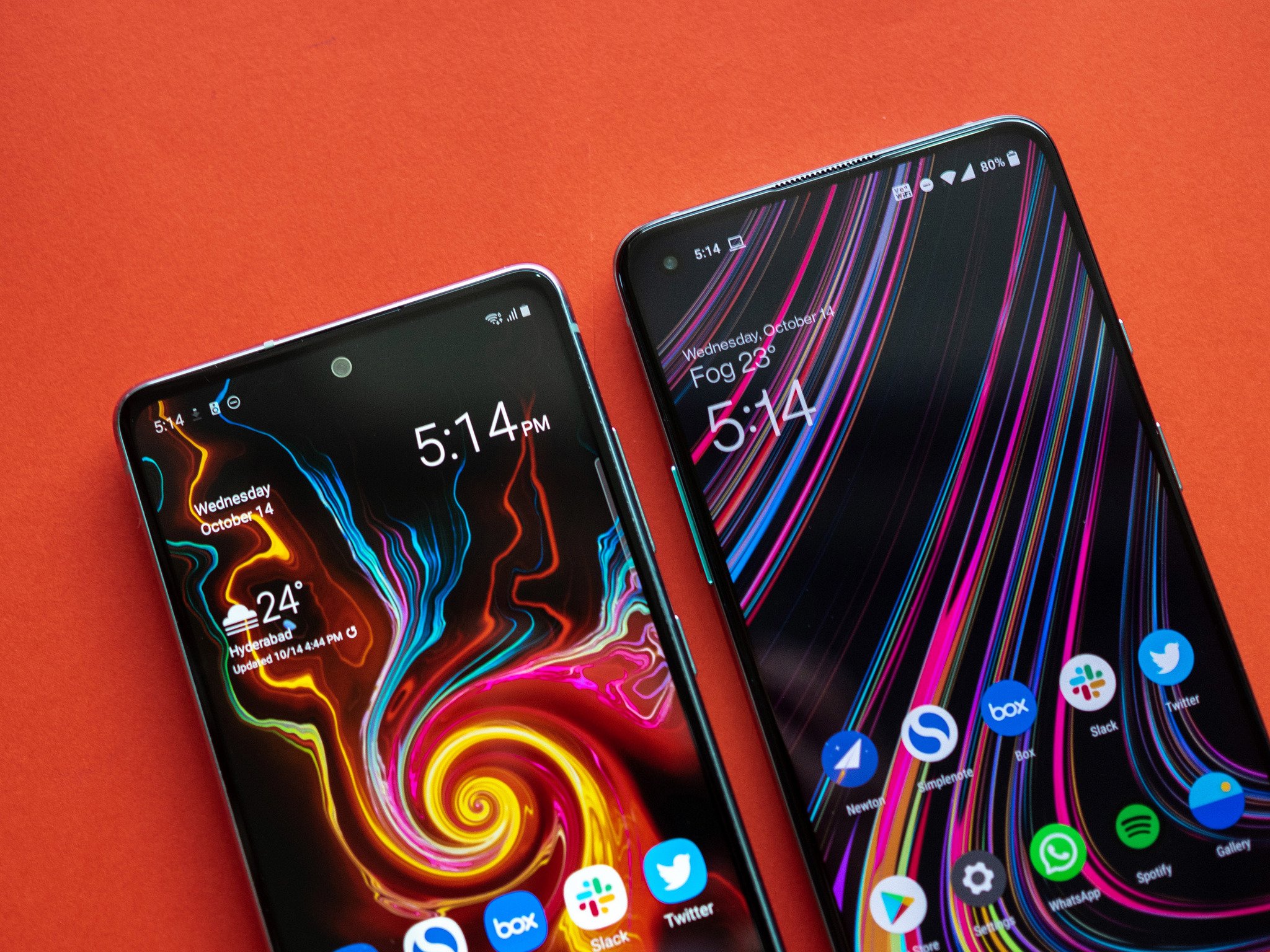
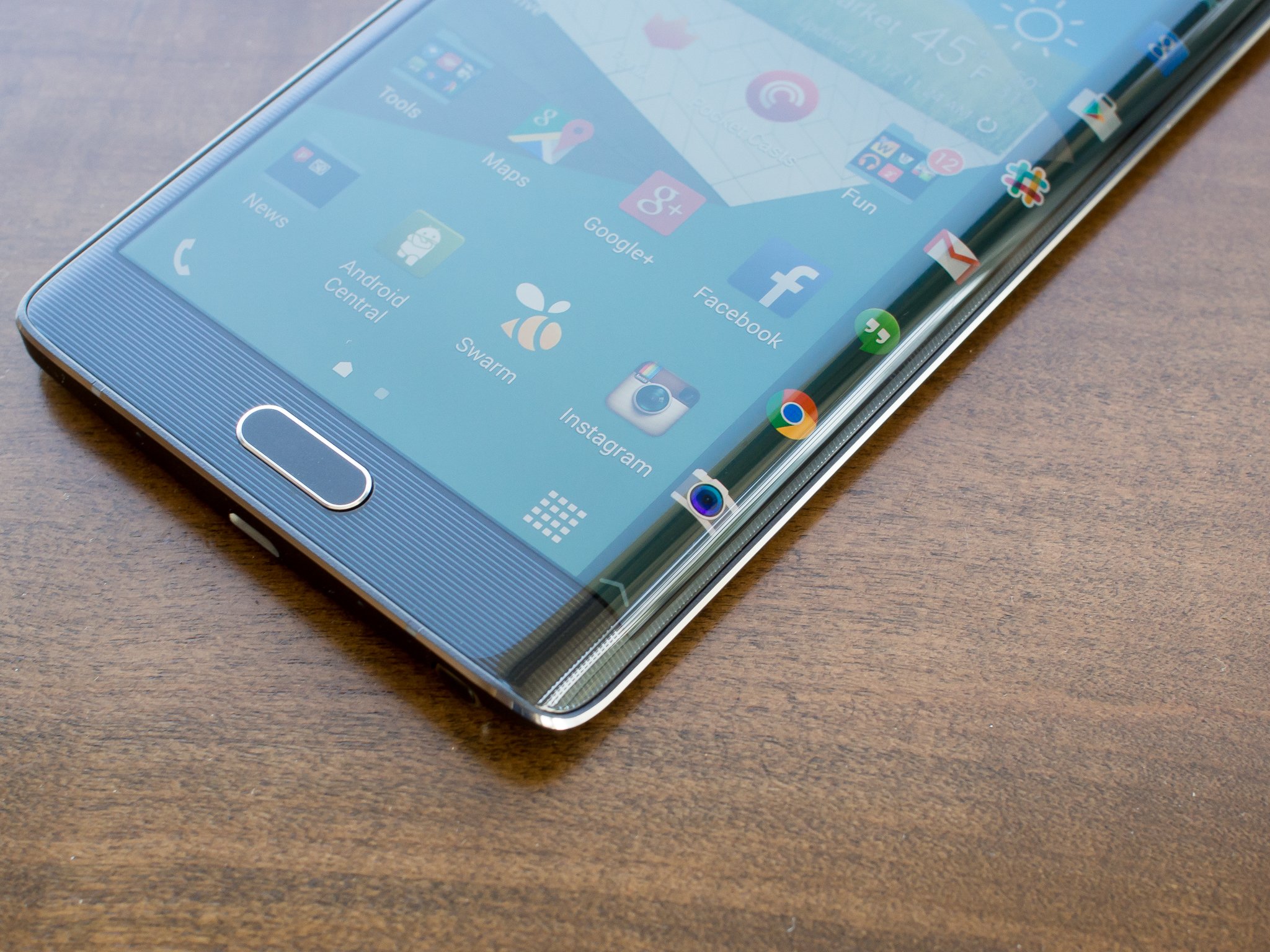
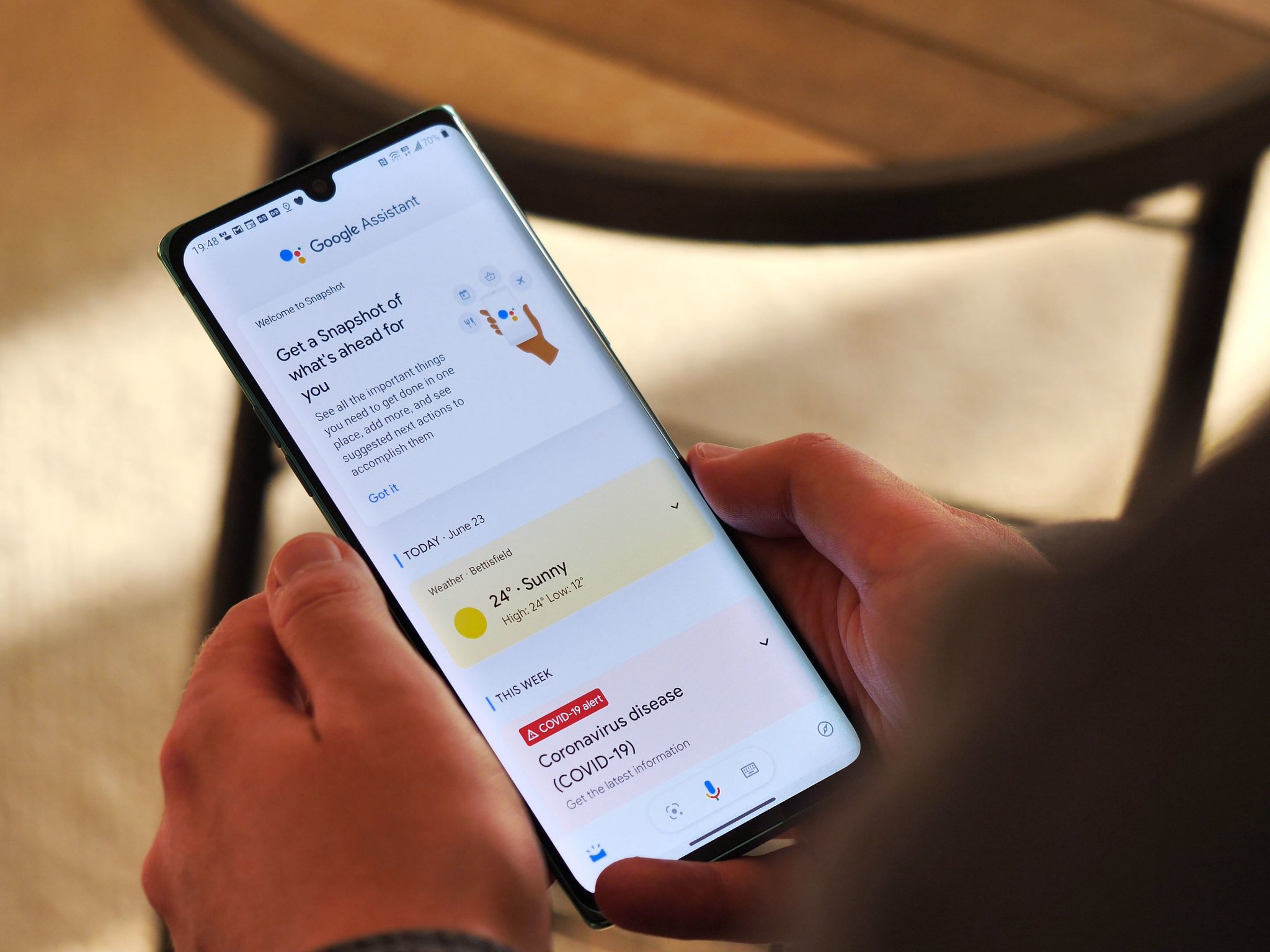
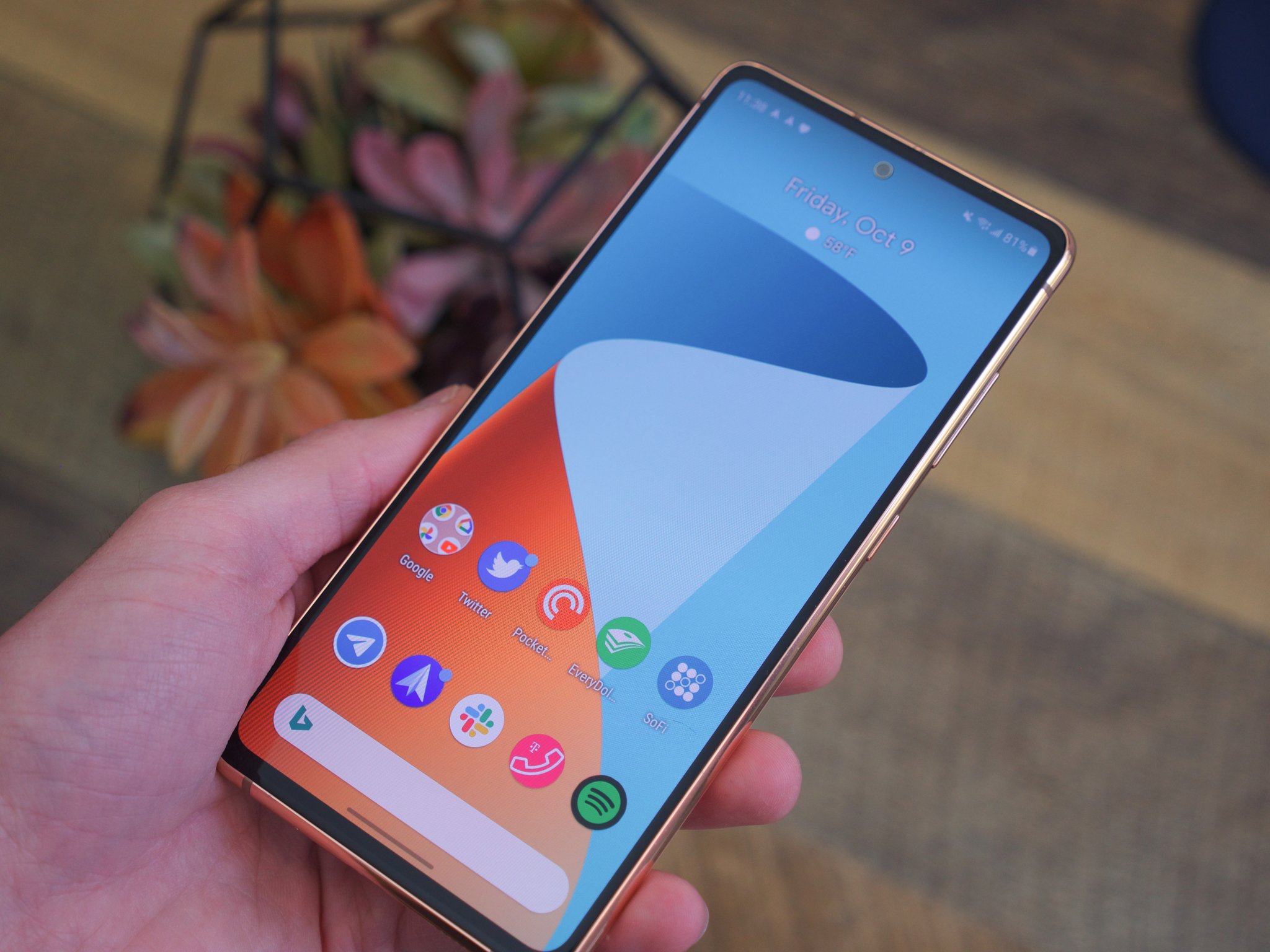
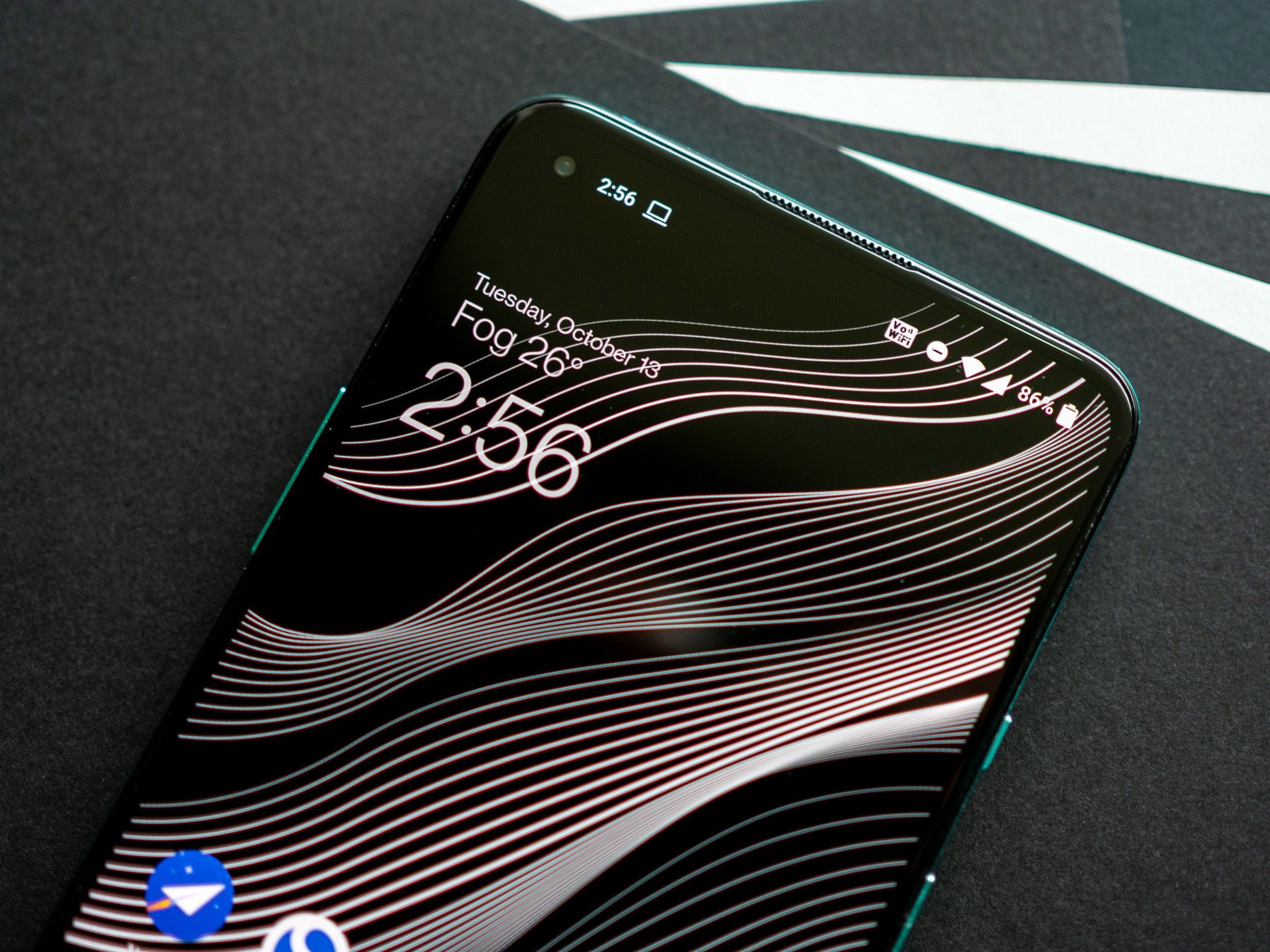
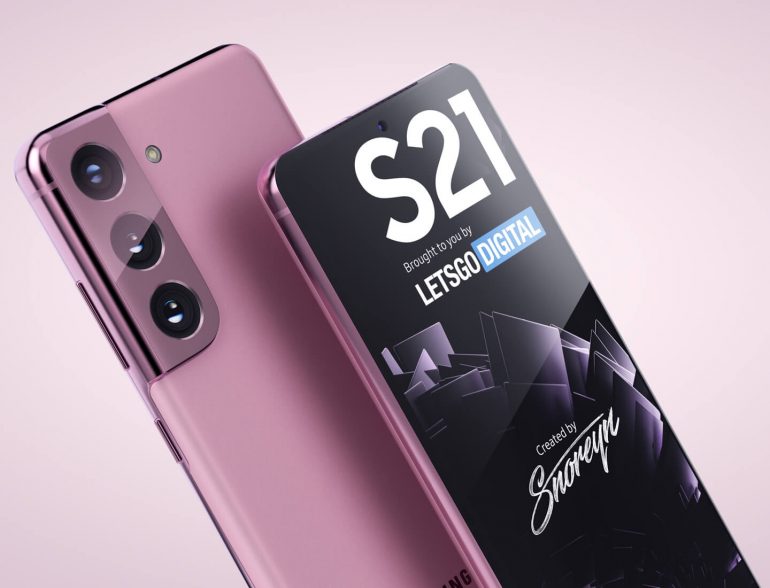
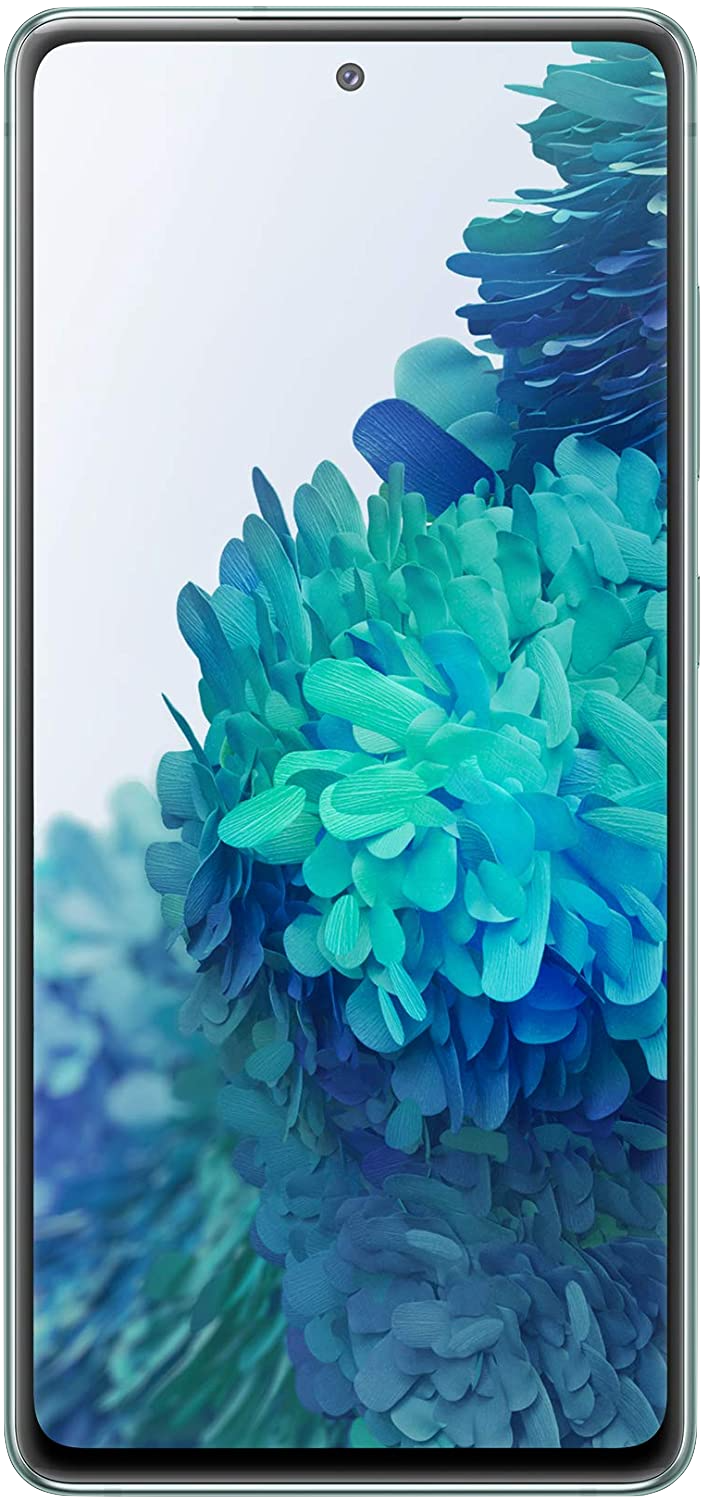
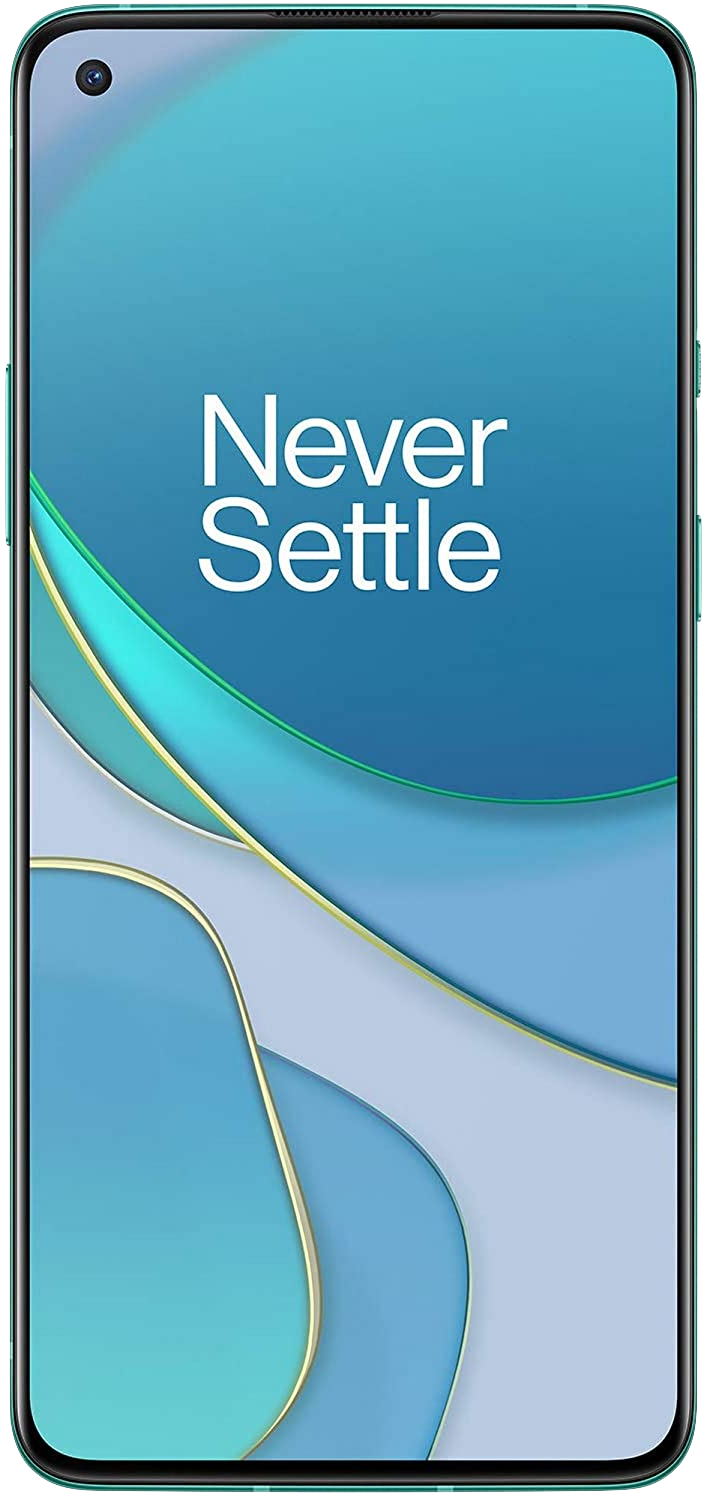
0 Response to "You Can See More: In 2020, Samsung 'rediscovered' the joy of flat displays"
Post a Comment